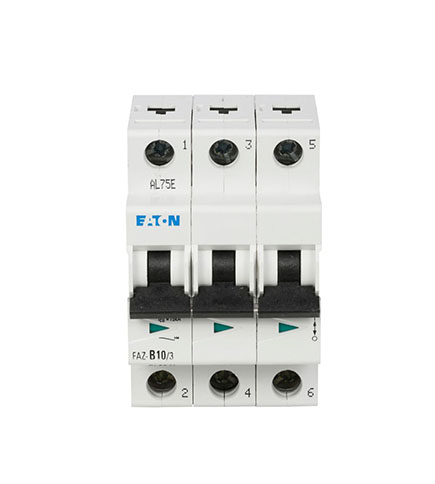
ایک ایسے دور میں جہاں مواصلات عالمی ترقی کی زندگی کی لکیر ہیں، ACPNUMEN ٹیلی کمیونیکیشن صنعت میں ایک معتبر فراہم کنندہ کے طور پر بلند ہے۔ ہماری مہارت اعلیٰ معیار کے سرکٹ بریکرز کے ڈیزائن اور تیاری تک پھیلی ہوئی ہے جو محفوظ اور قابل اعتماد نیٹ ورکس کی ریڑھ کی ہڈی بناتے ہیں۔ جدت پر توجہ دیتے ہوئے، ہم یہ یقینی بناتے ہیں کہ ہمارے سرکٹ بریکرز نہ صرف صنعت کے معیارات پر پورا اترتے ہیں بلکہ ان سے آگے بھی بڑھتے ہیں کارکردگی اور حفاظت کے لیے۔ یہ اہم اجزاء محافظ کے طور پر کام کرتے ہیں، پیچیدہ مواصلاتی نظاموں کو برقی زیادہ بوجھ اور خرابیوں سے بچاتے ہیں۔
ACPNUMEN کے لیے، سرکٹ بریکرز صرف اجزاء نہیں ہیں - یہ ہمارے کلائنٹس کو جدید ترین ٹیکنالوجی فراہم کرنے کے عزم کی نمائندگی کرتے ہیں۔ جیسے جیسے دنیا آپس میں جڑتا جا رہا ہے، ہم بلا رکاوٹ سروس کی اہمیت کو سمجھتے ہیں، خاص طور پر ٹیلی کمیونیکیشن کے شعبے میں۔ جدید سرکٹ بریکر حل کو اپنی پیشکشوں میں شامل کرکے، ہم کاروباروں کو بلا رکاوٹ کام کرنے کے قابل بناتے ہیں، جو دنیا بھر میں معلومات کے مسلسل بہاؤ کو یقینی بناتا ہے۔
آٹوموٹو الیکٹرانکس کے شعبے میں، ACPNUMEN کے سرکٹ بریکرز حساس آن بورڈ سسٹمز کی حفاظت میں اہم کردار ادا کرتے ہیں۔ جیسے جیسے گاڑیاں زیادہ ذہین اور ٹیکنالوجی میں ترقی یافتہ ہوتی جا رہی ہیں، قابل اعتماد سرکٹ تحفظ کی طلب بڑھتی جا رہی ہے۔ ہمارے سرکٹ بریکرز اہم الیکٹرانک سرکٹس کی حفاظت کے لیے تیز اور مؤثر جوابات فراہم کرتے ہیں، جو گاڑی کی حفاظت اور کارکردگی میں بہتری کا باعث بنتے ہیں۔
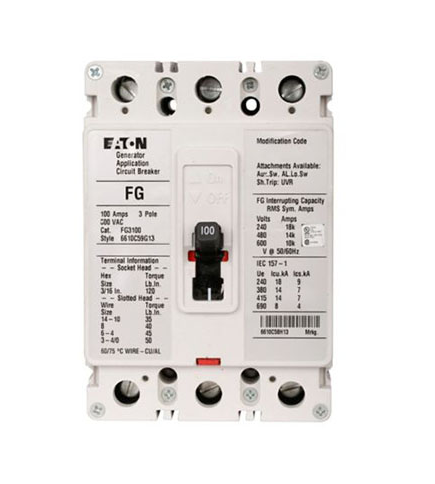
ACPNUMEN ایک برقی اجزاء کا برانڈ ہے جو کئی سالوں سے سب سے اوپر کے طور پر حکمرانی کرتا رہا ہے اور اسے سرکٹ بریکر کی اپنی مکمل رینج کا انکشاف کرنے پر خوشی ہے جس کا مقصد آج کی صنعت کی متنوع ضروریات کو پورا کرنا ہے۔ سرکٹ بریکرز کے ایک معروف صنعت کار کے طور پر ، ACPNUMEN اعلی معیار کے حل پیش کرنے کی کوشش کرتا ہے جو کئی برقی نظاموں میں حفاظت ، کارکردگی اور وشوسنییتا کو بڑھا دیتا ہے۔
ACPNUMENs سرکٹ بریکرز خصوصی طور پر شارٹ سرکٹ اور سامان اور عملے کی حفاظت کے نتیجے میں اوورلوڈ کے خلاف اعلی تحفظ فراہم کرنے کے لئے ڈیزائن کیا گیا ہے. کمپنی کی معیار کے تئیں وابستگی ان کی تمام مصنوعات میں دکھائی دیتی ہے، جن میں سخت ڈیزائن سے لے کر درست مینوفیکچرنگ کے عمل تک شامل ہیں۔ ACPNUMEN کے سرکٹ بریکرز کے ساتھ، صارفین کو اپنے برقی نظام کے بارے میں فکر کرنے کی کوئی بات نہیں ہے.
اس کے علاوہ، ACPNUMEN اعلی معیار کی مصنوعات کے ساتھ ساتھ غیر معمولی کسٹمر سروس اور معاونت فراہم کرتا ہے. تکنیکی ہیلپ لائن، اپنی مرضی کے مطابق جواب، فروخت کے بعد کی دیکھ بھال سبھی کمپنی کے ماہرین کی طرف سے سنبھالا جاتا ہے. چاہے آپ کو عام سرکٹ بریکرز کی ضرورت ہو یا اپنی مرضی کے مطابق ، ACPNUMEN کو اپنے بجلی کے بنیادی ڈھانچے کی حفاظت اور قابل اعتماد پر اعتماد کریں۔

مواصلات اور ٹیلی کام کے آلات بہت زیادہ سرکٹ بریکر جیسے آلات پر انحصار کرتے ہیں۔ اس معاملے میں، ACPNUMEN سمجھتا ہے کہ یہ نظاموں کی تسلسل اور حفاظت کو یقینی بنانے میں کتنے اہم ہیں۔ ہمارے سرکٹ بریکر کے ساتھ، آپ یقین کر سکتے ہیں کہ آپ کا نظام کسی بھی ممکنہ بجلی کے مسائل یا زیادہ بوجھ سے محفوظ ہے۔ انہیں جدید ٹیکنالوجی کے ساتھ ڈیزائن کیا گیا ہے اور معیاری مواد سے بنایا گیا ہے جو انہیں موصل اور درجہ حرارت کو اچھی طرح سے منظم کرتا ہے؛ اس لیے، انہیں ٹیلی کمیونیکیشن کے نظاموں میں دیگر کے ساتھ استعمال کیا جا سکتا ہے۔
آخر میں، ACPNUMEN خودکار الیکٹرانکس میں بھی مہارت رکھتا ہے۔ جدید گاڑیوں کی پیچیدگی اور الیکٹرانک اجزاء پر بڑھتے ہوئے انحصار کی وجہ سے، حفاظت اور قابل اعتماد کو اولین ترجیح دینا ضروری ہے۔ اس لیے، ہمارے سرکٹ بریکر توانائی کے جھٹکوں کو روکتے ہیں جو نظام کو تباہ کر سکتے ہیں، خطرناک حالات سے بچانے کے علاوہ دیگر ممکنہ برقی خرابیوں سے بھی تحفظ فراہم کرتے ہیں۔
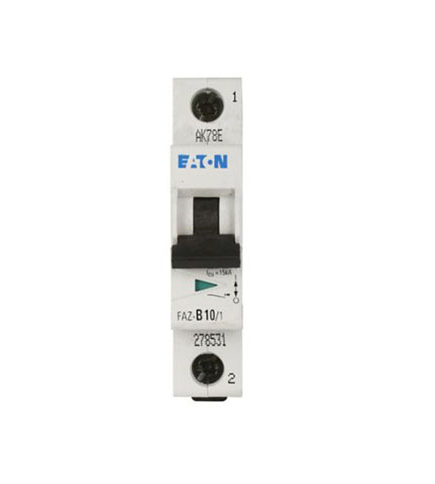
بجلی کے تحفظ میں، ACPNUMEN مختلف صنعتوں کی خدمت کرنے والے سرکٹ بریکرز کا ایک اہم سپلائر ہے۔ ہمارے اعلیٰ درجے کے سرکٹ بریکر مواصلات، ٹیلی مواصلات کے سامان، آٹوموٹو الیکٹرانکس، صنعتی کنٹرول اور ڈیجیٹل سرکٹس کے لیے ہیں، جو آپ کے کاروبار کے اثاثوں کی بے روک ٹوک آپریشن اور بہتر حفاظت کو یقینی بناتے ہیں۔
ACPNUMEN کے سرکٹ بریکر آپ کے بجلی کے نظام کی حفاظت کے لیے بہترین انتخاب ہیں۔ ان کو بہت احتیاط اور دقت کے ساتھ ڈیزائن کیا گیا ہے تاکہ وہ مواصلاتی نیٹ ورکس یا آٹوموٹو ایپلی کیشنز دونوں میں سخت حالات کا سامنا کرسکیں۔ ان آلات کا مقصد موجودہ بہاؤ میں کسی بھی غیر معمولی صورت حال میں ٹرپ کرنا ہے اس طرح یہ سرکٹ کو نقصان پہنچنے سے بچاتا ہے۔ جب آپ ہماری کمپنی کے سرکٹ بریکرز کا انتخاب کرتے ہیں تو آپ اپنے کاروبار کے طویل مدتی آپریشن اور کارکردگی میں ایک اسٹریٹجک سرمایہ کاری کرتے ہیں۔
اے سی پی این یو ایم این تسلیم کرتا ہے کہ جدید صنعتوں کو اس کی مصنوعات کی ضرورت ہے تاکہ وہ سرکٹ بریکرز کے معاملے میں اچھی طرح کام کرسکیں۔ ہمارے ماہرین مسلسل اپنی مصنوعات کی حد کو جدید بنانے اور بہتر بنانے کا مقصد رکھتے ہیں تاکہ ہمارے صارفین کی متحرک ضروریات کو پورا کیا جاسکے۔ قطع نظر اس کے کہ آپ ٹیلی مواصلات کی صنعت میں مصروف ہیں یا آپ کے پاس پیچیدہ نظام ہیں جو صنعتوں کو کنٹرول کرتے ہیں ، ہمارے سرکٹ بریکر کا استعمال کم سے کم جگہ کے اثرات کے ساتھ ساتھ آسان انضمام کے ساتھ بہتر کارکردگی کی اجازت دیتا ہے۔ ACPNUMEN کے سرکٹ بریکرز اس دوران ہموار چلنے والی گیئر کو یقینی بنائیں گے لہذا قیمتی اشیاء پر تباہی اور وقفے سے بچاؤ.
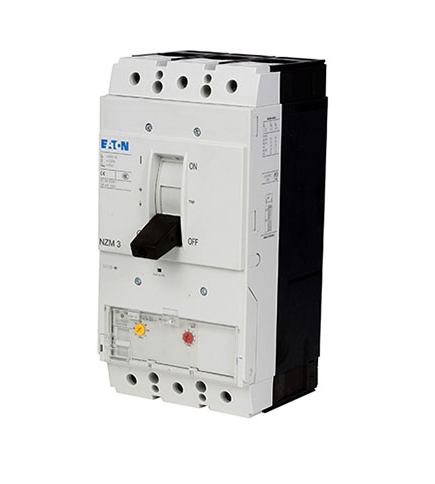
الیکٹرانکس کے دائرے میں ، اے سی پی این یو ایم این اپنے اعلی سرکٹ بریکرز کے ذریعہ سرکٹس کا ایک نمایاں محافظ ہے جو ٹیلی مواصلات ، مواصلات ، آٹوموٹو الیکٹرانکس ، ڈیجیٹل سرکٹری اور صنعتی کنٹرول جیسے شعبوں میں اہم کاموں کی حفاظت کے لئے بنائے گئے ہیں۔ ہمارے سرکٹ بریکرز تسلسل اور بغیر کسی رکاوٹ کے سروس فراہم کرنے کی ضمانت دیتے ہیں۔
پہلی جگہ میں فعالیت دنیا پر حاوی ہے لہذا ACPNUMEN سرکٹ بریکر کی اہمیت جو پیچیدہ ، نازک الیکٹرانکس کو نقصان پہنچانے والے اضافی موجودہ سے بچاتی ہے۔ ان میں سے ہر ایک سرکٹ بریکر کو جدید ترین ٹیکنالوجی کا استعمال کرتے ہوئے ڈیزائن کیا گیا ہے تاکہ بریکر کے ذریعہ فوری ردعمل کا امکان پیدا ہو سکے اور اس سے منسلک دیگر نظاموں کے کام کرنے پر اثر انداز نہ ہو۔ آٹوموٹو الیکٹرانکس کی سالمیت کی حفاظت سے لے کر ٹیلی مواصلات کے نیٹ ورکس کی تباہ کن ناکامیوں کو روکنے تک ، اے سی پی این یو ایم این دنیا بھر کے ڈیزائنرز اور انجینئرز کے لئے بہترین انتخاب پیش کرتا ہے۔

ACPNUMEN 1998 میں قائم ہوا، یہ گروپ پاور الیکٹرانک مصنوعات پر توجہ مرکوز کرنے والا ایک جامع سروس فراہم کنندہ ہے۔ اس نے ایٹن بسمنن کے ساتھ تعاون ایجنسی کے معاہدے پر دستخط کیے ہیں، جو امریکہ کی فورچون ٹاپ 500 کمپنیوں میں سے ایک ہے! اس وقت، کمپنی مواصلات، ٹیلی کمیونیکیشن کے آلات، آٹوموٹو الیکٹرانکس، صنعتی کنٹرول، ڈیجیٹل سرکٹ اور دیگر شعبوں پر توجہ مرکوز کر رہی ہے۔ اپنے قیام کے بعد سے، ہم ہمیشہ یقین رکھتے ہیں کہ: معیار کاروبار کی بقاء کی بنیاد ہے، شہرت ترقی کو جاری رکھتی ہے، جدت کاروبار کو شاندار بناتی ہے۔
ہم نے کئی مشہور برانڈز کے عوامی حقوق حاصل کیے ہیں، جیسے کہ Eaton Bussmann، On-Bright، Littelfuse، Conquer، Sino فوز، Allen-Bradley، Aupo، Wago، Sanyou اور دیگر۔
ہمیں سرکٹ پروٹیکشن میں 26 سال کا تجربہ ہے۔
24 گھنٹے پورے دن کی خدمت، 2 گھنٹے کے اندر تیز جواب۔
100% اصل برانڈ کے منصوبے، 100% کوالٹی کی گارنٹی، پوری سرٹیفکیشنز۔
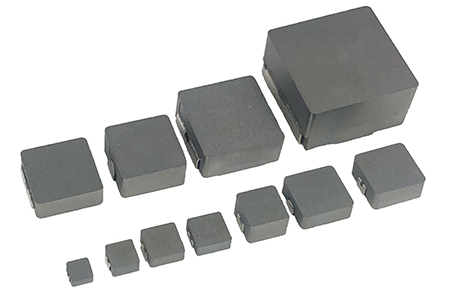
26
Apr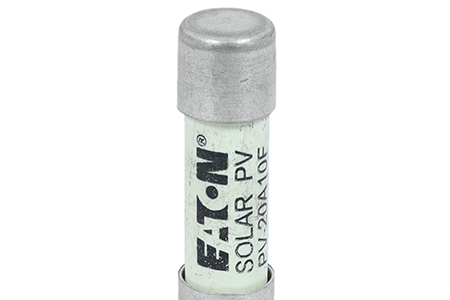
26
Apr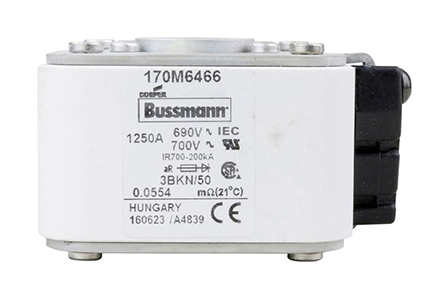
26
Aprسرکٹ بریکر ایک بجلی کا سوئچنگ آلہ ہے جو بجلی کے موجودہ بہاؤ کو خود بخود روکنے کے لئے ڈیزائن کیا گیا ہے جب یہ ایک زیادہ بوجھ یا شارٹ سرکٹ کا پتہ لگاتا ہے۔
سرکٹ بریکر مختلف صنعتوں میں استعمال ہوتے ہیں جیسے مواصلات ، ٹیلی مواصلات کا سامان ، آٹوموٹو الیکٹرانکس ، صنعتی کنٹرول ، اور ڈیجیٹل سرکٹری۔ وہ ان شعبوں میں بجلی کے سرکٹس کو تحفظ فراہم کرتے ہیں.
ہاں، سرکٹ بریکرز کو ٹرپ ہونے کے بعد ری سیٹ کیا جا سکتا ہے۔ ایک بار جب خرابی حل ہوجائے تو ، سرکٹ بریکر کو دستی طور پر "آن" پوزیشن میں واپس سوئچ کرکے دوبارہ ترتیب دیا جاسکتا ہے۔ تاہم، سفر کی بنیادی وجہ کی نشاندہی کرنا اور اس سے نمٹنا ضروری ہے تاکہ مسائل کو دوبارہ پیش نہ کیا جاسکے۔
مختلف برقی نظاموں کو ایڈجسٹ کرنے کے لئے سرکٹ بریکر مختلف اقسام اور سائز میں آتے ہیں۔ یہ ضروری ہے کہ آپ ایسے سرکٹ بریکر کا انتخاب کریں جو آپ کی مخصوص درخواست کے لئے مطلوبہ وولٹیج، موجودہ درجہ بندی اور دیگر وضاحتوں سے ملتا ہو۔


2024 © شانگھائی کینگ-ٹیک الیکٹرانک کمپنی، لمیٹڈ. رازداری کی پالیسی